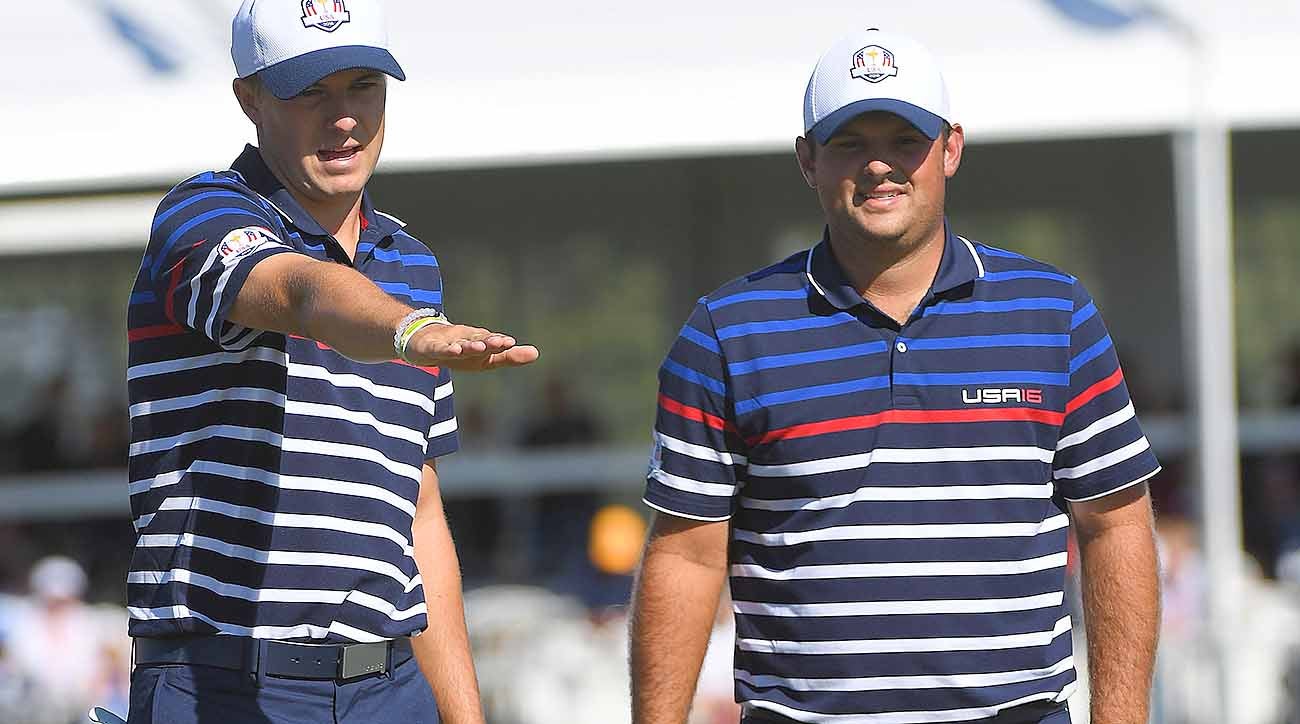The Ryder Cup is staged over three days, and three different types of formats are used during the competition: foursomes (or alternate shot), fourballs and singles. Below is an explanation of fourballs, according to the Ryder Cup’s official site:
In fourballs, each member of a two-man team plays his own ball, so four balls are in play on every hole. Each team counts the lowest of its two scores on each hole, and the team whose player has the lowest score wins the hole. If the low scores are tied, the hole is halved.
One other note: players can still concede holes or strokes at any point along the way. More from the Ryder Cup site:
Unlike stroke play, players don’t have to complete each hole in match play. If a player concedes a stroke – almost always a putt – to his opponent, the opponent picks up his ball, takes the score he would have made on the next stroke and moves on to the next hole.
The name of the game in fourballs is birdies. Players who can ring up low numbers fast are king in this format. Sometimes one player can get hot and go on a birdie run. Other times a tandem clicks together and two players feed off each other while alternating birdies to put up a great score. There’s more than one way to do it, but fourballs is a fun format that has created plenty of drama in the opening two days of the Ryder Cup. Expect more of the same in Paris in 2018.






